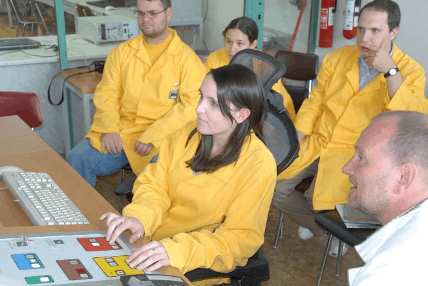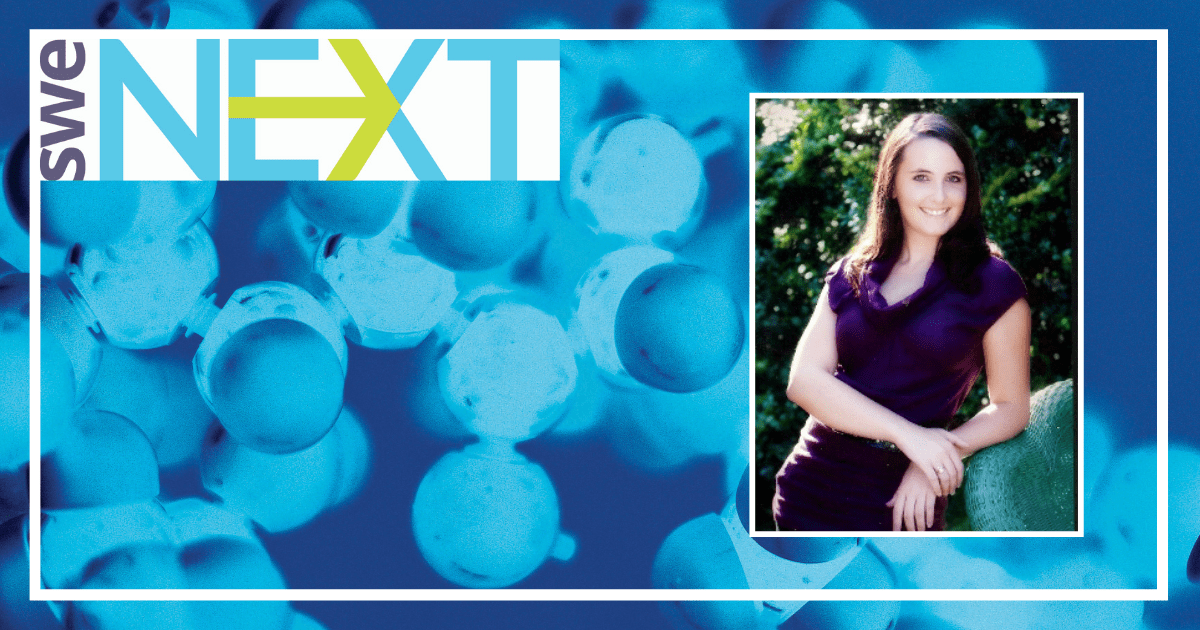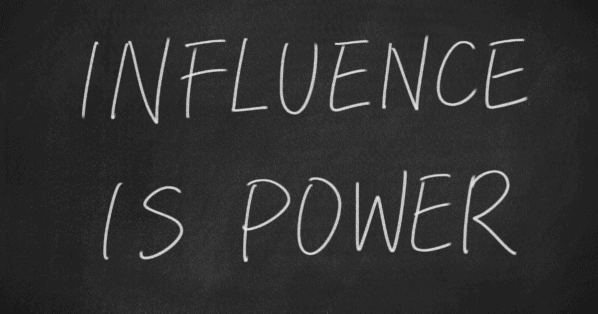
Hailey Green provides insight into a typical day in the life of a nuclear engineer!
I got into engineering because I liked problem-solving. I picked nuclear engineering for a few reasons. My Dad is a nuclear engineer, and I thought he was the coolest person ever. I also believe in nuclear power for our environment. It’s a very clean and efficient source of power for us to use.
My favorite thing about nuclear engineering is being able to teach people about the positives of nuclear power and nuclear medicine. There are so many benefits you can get from nuclear medicine, like the ability to cure cancer. You can also generate power cleanly and safely for years with nuclear power.
I went to the University of Tennessee-Knoxville for undergrad in Nuclear Engineering. I graduated in 2014 on the General Nuclear Engineering path, but they also offered a radiological path as well that dealt more with radiation detectors and nuclear medicine. I didn’t do any internships while I was in school, but I was a research assistant for one of the professors at the university.
I did a research project that was sponsored by NASA-Langley, doing radiation transport assessments for space. This project studied what it would be like for astronauts living in a research base on the moon. Using simulations, I assessed what would happen to astronauts living there if they got certain doses of nuclear radiation. I had to determine what type of materials they should use as shielding to prevent the astronauts from exposure to any significant dose of radiation.
I also studied abroad for a semester in Prague where I got to operate the university’s research reactor. My university partnered with the Czech Technical Institute to have a mini-semester (around three weeks) where we did a laboratory class on reactor physics. We even got to control the reactor ourselves to apply the things we learned in class.
We used a sparrow reactor (VR-1), which is a zero-power reactor. In other words, the electricity it produces after you operate it is negligible (it can maybe power a lightbulb). However, it still operates under the same physics as a normal reactor would. You can test just about anything with it and perform different experiments with it.
What Happens in a Day in the Life of a Nuclear Engineer?
I’m currently a Technical Staff Member at the Oak Ridge National Laboratory. I primarily work in isotope production. I design targets that go into a very special nuclear reactor and are irradiated to make a very specific type of isotope. These isotopes can be used for almost anything, from industrial to medical purposes.
My favorite part about my job is that I learn something new every day. Although I’ve worked at a bunch of different types of places, from a national security complex to a power laboratory in the reactor design world for the Navy, I like the freedom of working in a national lab better. I can write my own proposals for projects that I want to do and get funded to do them on my own. Elsewhere, you’re guided on what your organization requires you to do.
 Now, I’m working on one of my favorite projects, which is designing a target that will produce Carbon-14. You would think that we don’t need Carbon-14, since it’s very abundant, but actually, the Carbon-14 that you would harvest from the earth would be considered impure for uses in medical applications.
Now, I’m working on one of my favorite projects, which is designing a target that will produce Carbon-14. You would think that we don’t need Carbon-14, since it’s very abundant, but actually, the Carbon-14 that you would harvest from the earth would be considered impure for uses in medical applications.
Carbon-14 can be used as a base for different types of medications, which require pure ingredients. Since I’m at a national laboratory, we can send these isotopes to different companies and even different countries.
For girls interested in engineering, I would say to just go for it. Don’t let anybody tell you that you can’t do it.
For those interested specifically in nuclear engineering, I would recommend checking out resources from the American Nuclear Society. They have programs specifically for teachers to teach about nuclear power and nuclear medicine in their classrooms. You can request for your teachers to sign up for one of the packages so you and your whole class can learn about nuclear engineering.
Related content:
- Nuclear Engineering Students Spotlight
- SWEet Wisdom: What Influenced You Towards Engineering?
- A Day in the Life of Industrial Engineer Michele Morham
- SWEet Wisdom: How Did You Choose Your Engineering Discipline?
Author
-

SWE Blog provides up-to-date information and news about the Society and how our members are making a difference every day. You’ll find stories about SWE members, engineering, technology, and other STEM-related topics.






